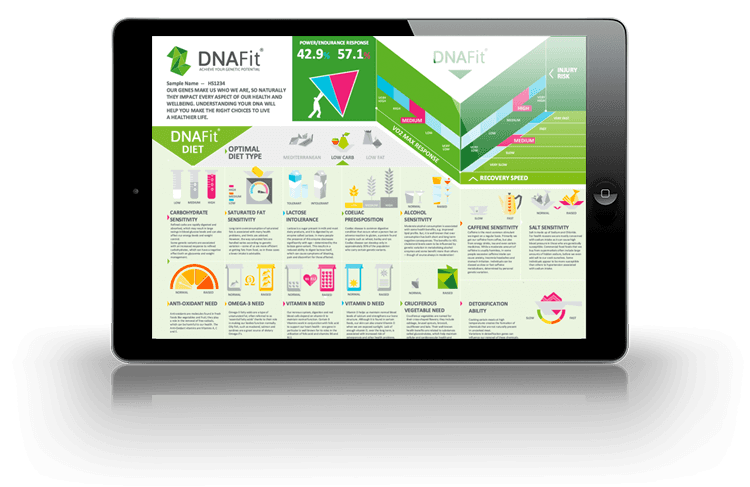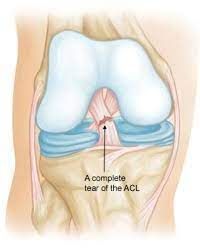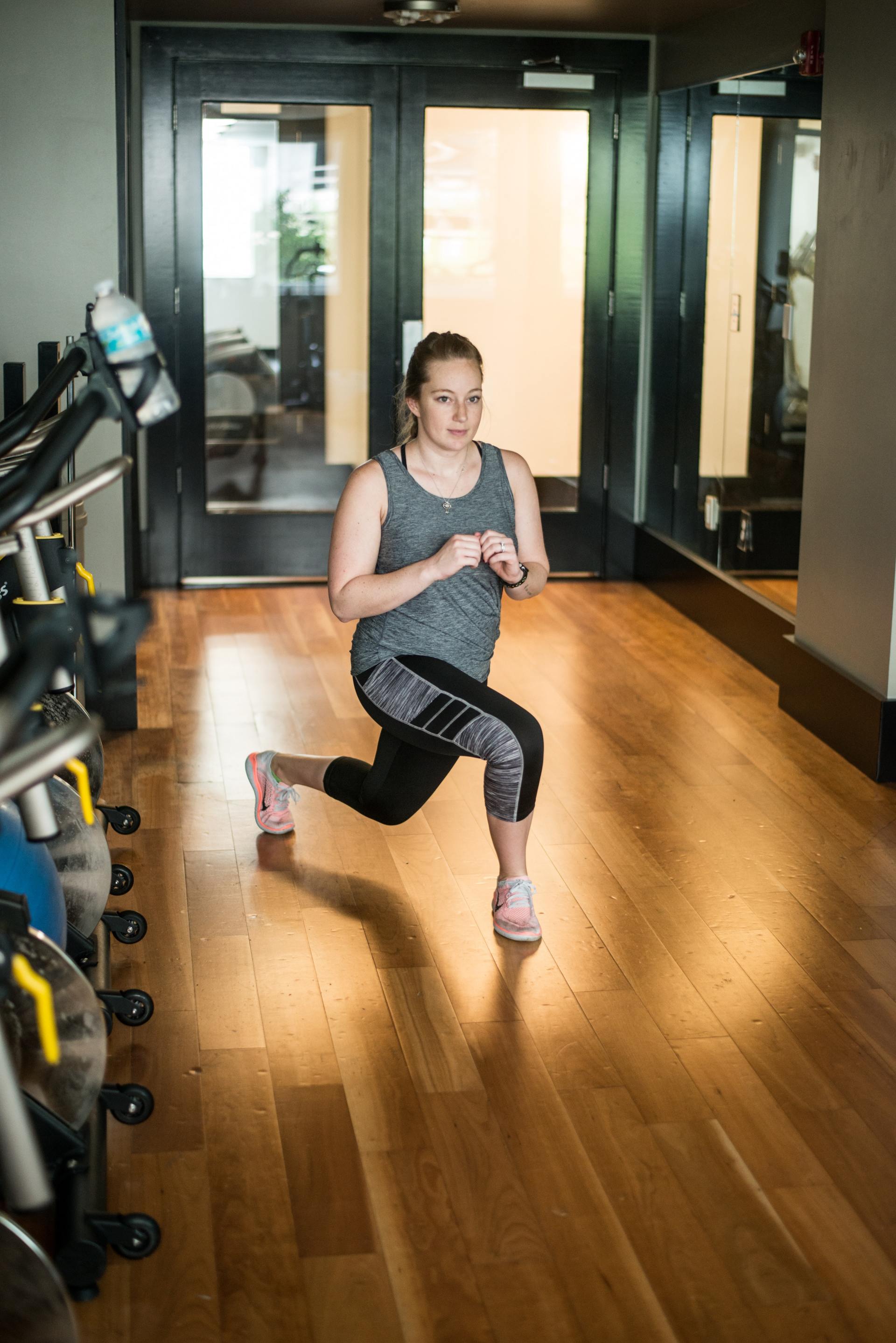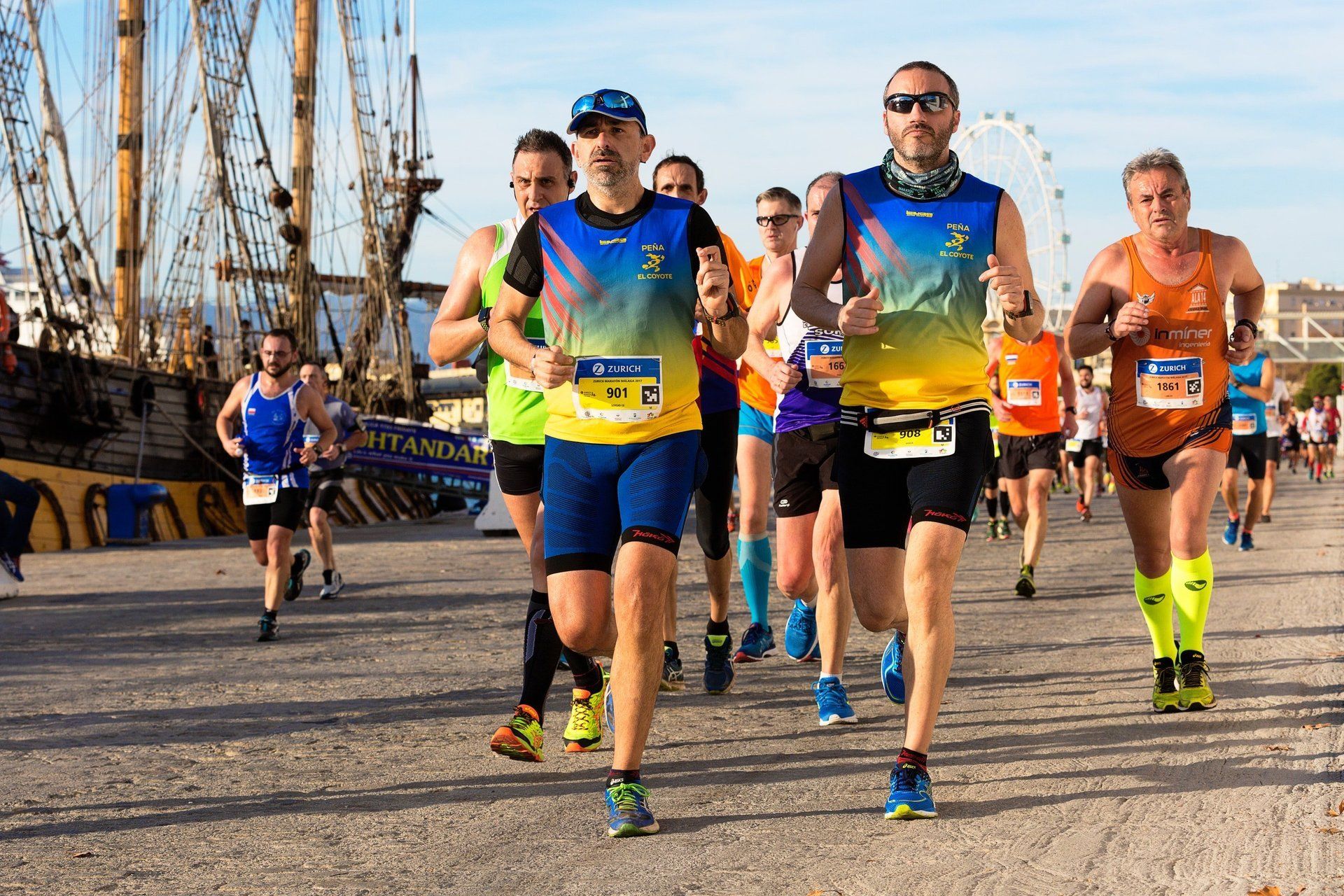Discover Your VO2 Max Potential
VO2 Max is not the be all and end all
VO2max is the threshold of your body’s ability to transport and use oxygen during physical activity. For a long time, it was also considered to be the primary indicator to determine how good you will be at aerobic exercise, fitness and sports performance. However, as science has grown so too has our understanding of other factors that also play a role. Yes, VO2max is an important component but it is not the be all and end all.
This is further highlighted by our understanding of genetics. Remember, in terms of your Fitness DNA Pro test , a main aspect is that it tells you how quickly, and to what magnitude, you can improve your VO2max, which is a factor in aerobic fitness. A person with a low trainability would likely see smaller improvements, or have these improvements take longer to occur; as such, training that is VO2max-based in nature would have a smaller effect than with someone with a high potential, for example. We can use this information to inform training programme design; those with a low or very low potential should focus on movement efficiency training if they want to improve their aerobic endurance performance. Those with high or very high should focus on vo2max based training, which is typically intense interval training. Those who are medium should likely have a mix of both.
By implementing the relevant training adaptations, it will go a long way to improving your overall performance.
High-aerobic intensity endurance interval training is significantly more effective than performing the same total work at 70% HRmax, in improving VO2max. The changes in VO2max correspond with changes in stroke volume of the heart, indicating a close link between the two. One positive outcome about training that many of us already know is the huge popularity of high intensity interval training. More and more we are seeing people including HIIT into their weekly routines, a few times a week, and if your VO2max genetic trainability is low then doing HIIT will go a long way to conditioning your body to use oxygen more efficiently .
A low VO2max genetic trainability isn’t something that is meant to discourage you from undertaking aerobic exercise but to make you aware of training better for better results. VO2max is important… but not the all-encompassing guiding light. With that low score, you will also want to shift your focus on how you train for the best results.
Another way to improve your VO2max, and get results is by doing anaerobic training.
Whether you focus on cardio or strength training, you can do both anaerobically; the only stumbling block is that anaerobic exercise is very difficult because you are required to push yourself beyond your limits for a short period of time. To summarize briefly, while aerobic exercise uses oxygen, anaerobic exercise does not because you aren’t focus on using oxygen over those short bursts. Anaerobic exercise is short-lasting, high-intensity activity, where your body’s demand for oxygen exceeds the oxygen supply available.
Remember that there are also other environmental factors that come into play with VO2max such as age, geography, lifestyle and gender.
People over 40, for example, will find that their VO2max genetic trainability has already started to decrease but as long as you are continuing to train you can effectively manage your score by eating healthy, losing weight, and doing cardio regularly.
The value in knowing your inherent genetic response to VO2max is an important guide that you can use to live a healthier life. It is there to not show you where you are at, but to give you deep insight into the person that you have always been so that you can make relevant adjustments to be fitter and reach your human potential.
Even though your VO2max genetic trainability may be low, by
implementing cardio into your workout and focusing on improving it
you’ll be able to boost your overall VO2max score, and raise your
fitness level. Test your Fitness DNA now
Richard Watson
Sports Therapist












